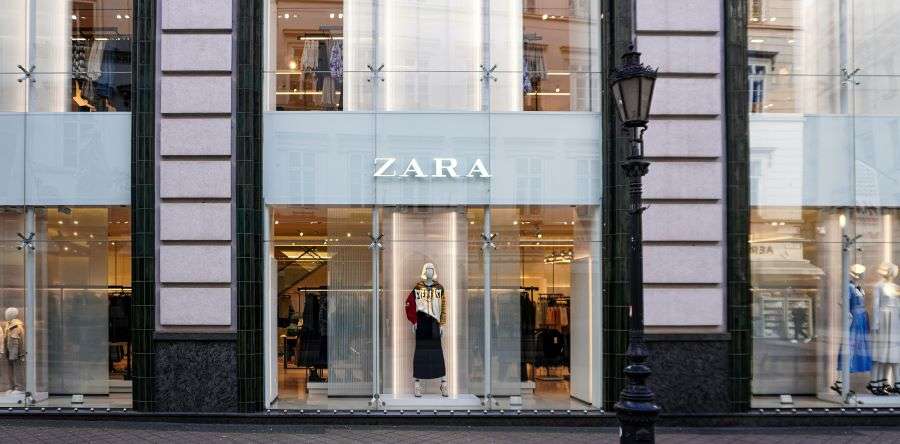Zara, a global leader in fast fashion, has redefined supply chain management by emphasizing speed and flexibility. This approach not only keeps pace with rapidly changing fashion trends but also offers valuable lessons for various industries aiming to enhance efficiency and responsiveness.
Zara’s Supply Chain Model: A Quick Overview
Zara’s success is rooted in its ability to design, produce, and deliver new garments to stores within a few weeks. This rapid turnaround is achieved through an integrated supply chain strategy, which includes tight control over production and sales, advanced forecasting technology, real-time data collection from stores, and flexible manufacturing systems that allow for swift adjustments based on market demands. The company manufactures more than half of its products in Spain, close to its headquarters, which significantly reduces lead times. State-of-the-art logistics enable efficient movement of products from factories to stores worldwide, often bypassing storage stages entirely. Store inventories are updated twice weekly, ensuring fresh stock, maintaining customer interest, and reducing leftover inventory.
Applying Zara’s Model Beyond Fashion
Industries such as automotive, technology, healthcare, and food production can all benefit from adopting elements of Zara’s supply chain model. The automotive sector can use flexible manufacturing systems and modular design techniques to reduce production lead times and quickly adapt to new technologies. The technology sector can mirror Zara’s rapid product development by implementing agile processes that shorten innovation cycles and enhance product-market fit. Healthcare providers can optimize inventory management through predictive analytics, tracking usage patterns to avoid overstocking and supply shortages. The food and beverage industry can localize supply chains, reducing transportation costs while improving freshness. Retailers outside of fashion can apply Zara’s approach by leveraging real-time sales data to adjust stock levels and better understand consumer preferences.
A Strategic Shift for Business Leaders
Zara’s supply chain model exemplifies how speed, flexibility, and integration can drive business success. However, simply copying Zara’s tactics is not enough. Each industry must tailor these principles to fit its specific challenges. Supply chain leaders should consider how real-time data, localized production, and rapid response capabilities can be adapted to their own operational needs.
Neil Saunders, CEO of retail consulting firm Conlumino, noted that Zara’s success is built on agility and flexibility. “If I had to condense the foundations for Zara’s success, I would say it comes down to agility and flexibility,” he explained. These two factors allow the company to keep pace with market shifts while maintaining control over costs and product availability.
For senior business leaders, the imperative is clear: supply chains must be built for responsiveness. This requires rethinking traditional structures, investing in technology that provides real-time insights, and fostering a culture that prioritizes adaptability. The challenge is not just about increasing efficiency but about ensuring that supply chains are robust enough to withstand disruptions while remaining lean enough to respond to market demands. Organizations that embed agility into their supply chain operations will be better positioned to anticipate changes, mitigate risks, and maintain long-term competitive advantage.





